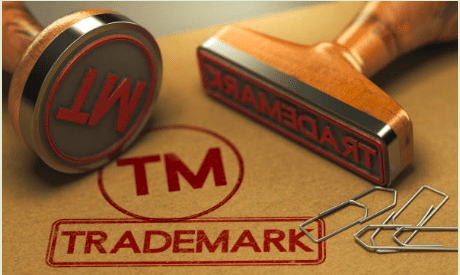Brand Matters
The Requirement Of Distinctiveness To Register A Trademark -By Towobola Bamgbose
Graphic and brand designers should ask their clients to seek the advice of a legal professional to find out whether a new logo is accepted under trademark criteria in the early stages of its design.

Trademarks is an indispensable feature in our daily activities that is in time to make selections for household needs, daily needs or personal wants, trademarks helps in distinguishing brands.
Trademarks are important for consumers in identifying goods hence, a proposed trademark must be distinctive, this means that the mark cannot be so similar to another mark that it causes consumers to confuse the brand or entity associated with that of another mark.
It has been a trend for brands to sue one another for trademark infringement, Adidas has more than ten lawsuits bordering on trademark infringement. Louboutins a luxury shoe brand popular for its red soles recently lost a trademark infringement suit owing to the use of red soles by another brand in Japan. Rolex was dealt with a loss in its latest suit in quest to block the registration of a “crown” centric trademark. Nike has filed a case against Bape in a trademark infringement and dilution lawsuit . All these cases borders on the distinctiveness of marks and whether it was distinctive enough to hold copycats or similar marks accountable for trademark infringement.
Louboutins lost its trademark infringement suit in Japan owing to the fact that not just brands like Eizo collection and co use red soles for their shoes, it was already a popular trend in Japan to make the soles of their shoes red in order to enhance the shoe’s aesthetics appearance. Hence, red soles could not serve as a distinctive mark for the luxury brand.
Adidas, a German multinational sportswear and workout clothes corporation is well known for using three stripes as its trademark yet in 2007 the Dutch Supreme Court ruled in the case of Adidas v Marca ModeII that the two stripe mark that Marca used did not infringe on Adidas three stripe mark. In 2016 the European Union Intellectual Property Office (EUIPO) annulled the 2014 registration on the grounds that it was not distinctive enough. In the trademark infringement case of Adidas v Thom Browne; Thom Browne is a luxury brand that uses four stripes. It was ruled that the mark is “devoid of any distinctive character” and “should not have been deceived” in the first place. The court has justified its decision by saying that a symbol made of three stripes is an ordinary figurative mark and has also ruled that other elements of the mark are what has made it distinct to Adidas such as its black and white color scheme rather than the stripes specifically.
In conclusion, to establish inherent distinctiveness, trademarks must be distinctive and not merely descriptive in order to be registrable. Trademark must not be associated with any resources related to the goods or service the applicant is applying to have their trademark registered such as Apple in relation to Apple computers.
Graphic and brand designers should ask their clients to seek the advice of a legal professional to find out whether a new logo is accepted under trademark criteria in the early stages of its design.
The distinctiveness of trademarks is pertinent to discouraging more purchases with misleading marks which can reduce sales or soil the reputation of the original mark owner.



















